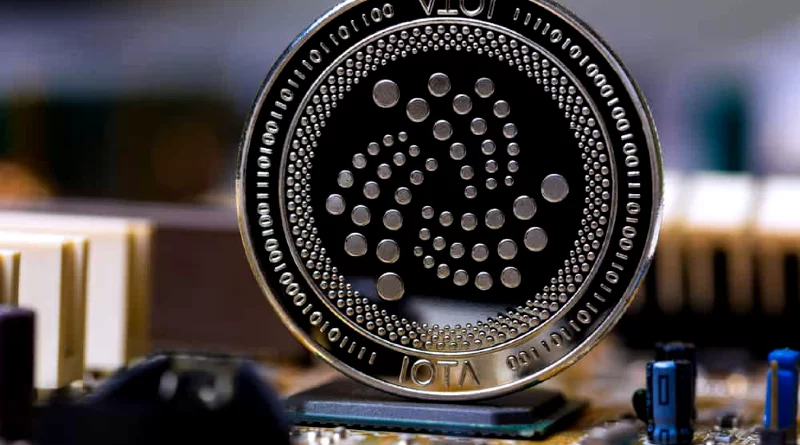IOTA (MIOTA) Explained: What Is It and How It Works
As the world of cryptocurrencies continues to expand, IOTA has become a hot topic among investors and enthusiasts alike. But what exactly is IOTA and how does it work? In this article, we will provide a comprehensive overview of IOTA, including its history, technology, use cases, and potential for the future. More details can be found here if you are into Bitcoin trading and looking for a safer transaction.
History of IOTA
IOTA was founded in 2015 by David Sønstebø, Sergey Ivancheglo, Dominik Schiener, and Dr. Serguei Popov. The team envisioned a new kind of cryptocurrency that would solve some of the key issues faced by existing blockchain-based cryptocurrencies, such as slow transaction times, high fees, and scalability issues.
IOTA is unique in that it does not use a traditional blockchain, but instead uses a technology called Tangle. Tangle is a distributed ledger technology that is designed to be more efficient and scalable than traditional blockchain-based systems.
How Does IOTA Work?
Unlike traditional blockchain-based cryptocurrencies, IOTA does not use miners to verify transactions. Instead, each user who wants to make a transaction on the IOTA network must first verify two previous transactions. This process is known as a “proof of work” and helps to prevent spam and ensure the integrity of the network.
One of the key advantages of IOTA’s Tangle technology is that it allows for transactions to be processed almost instantly, with no fees. This makes it ideal for micropayments and IoT (Internet of Things) applications, where small transactions must be made quickly and efficiently.
Use Cases for IOTA
IOTA has a wide range of potential use cases, thanks to its fast and feeless transaction capabilities.
- One area where IOTA has already been adopted is in the field of IoT, where it can be used to facilitate micropayments between connected devices.
- Another potential use case for IOTA is in the world of supply chain management. IOTA’s Tangle technology can be used to track and verify the movement of goods and products, helping to reduce fraud and increase transparency in the supply chain.
- Finally, IOTA could be used as a platform for the development of decentralized applications (dApps). The fast and feeless transaction capabilities of IOTA make it an ideal platform for the development of dApps that require high-speed, low-cost transactions.
Potential for the Future
While IOTA is still a relatively young cryptocurrency, it has already made significant strides in terms of adoption and development. In the future, we will likely see even more use cases for IOTA, as developers and businesses continue to explore the potential of this innovative cryptocurrency.
One area where IOTA could have a significant impact is in the world of smart cities. With its fast and feeless transaction capabilities, IOTA could be used to facilitate micropayments for a wide range of services in smart cities, from public transportation to energy usage.
Conclusion
In summary, IOTA is a unique cryptocurrency that uses Tangle technology instead of traditional blockchain-based systems. Its fast and feeless transaction capabilities make it ideal for micropayments and IoT applications, and it has a wide range of potential use cases in areas such as supply chain management and decentralized application development. As the world of cryptocurrencies continues to evolve, IOTA is a project to keep an eye on.

